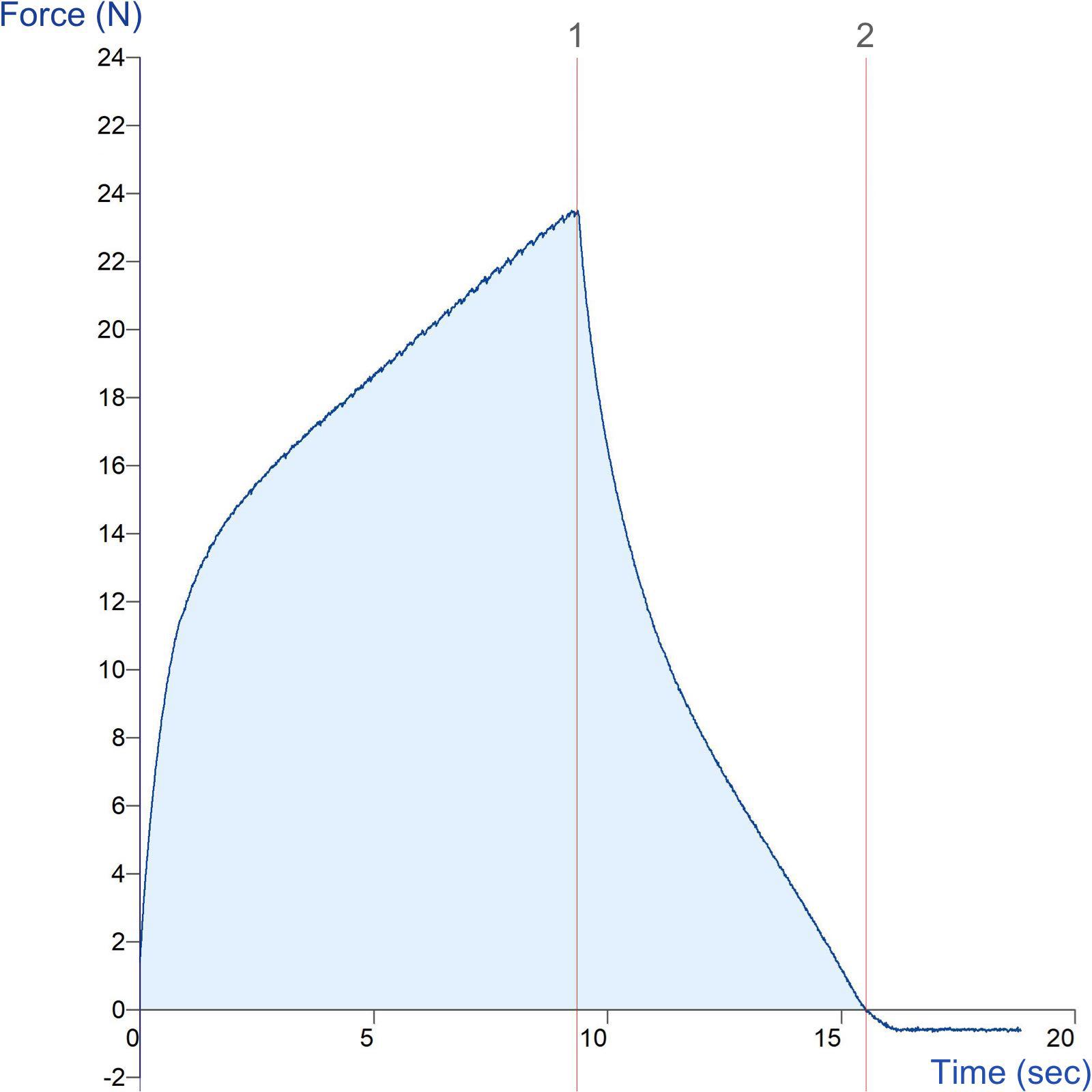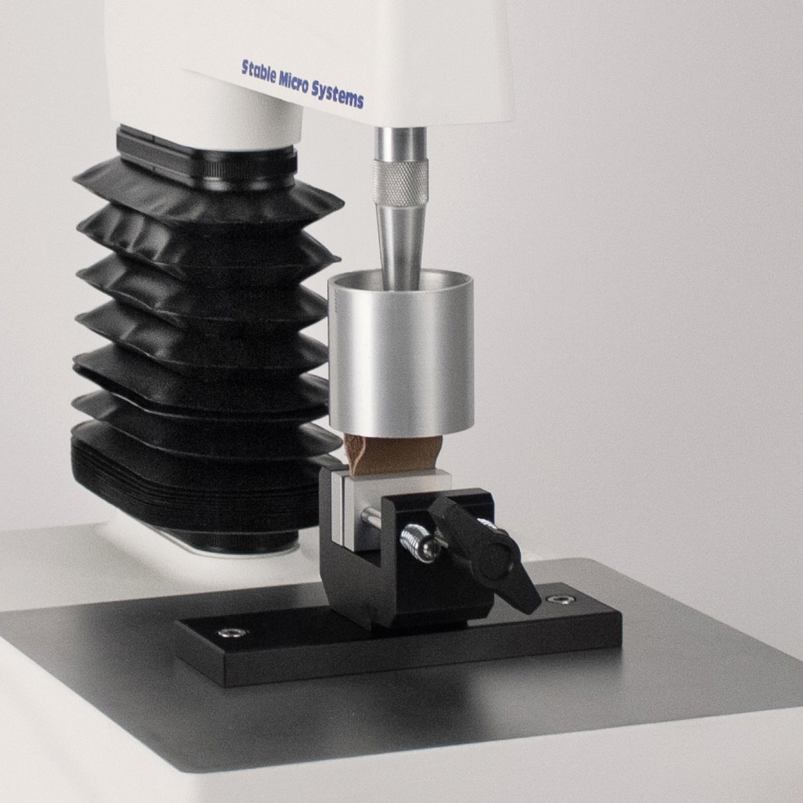Product overview
This rig allows the holding and compression of a loop of leather.
The compression properties of a loop of leather are important for several reasons:
Comfort: Leather loops are often used in products that come into direct contact with the body, such as belts, watch bands, and bag straps. The compression properties of the leather determine how well the loop conforms to the body's shape and how comfortable it feels when worn. A loop with appropriate compression properties will provide a more comfortable fit, reducing the risk of discomfort or chafing.
Fit and adjustability: In products like belts, compression properties influence how well the loop adjusts to changes in the wearer's body shape. Leather loops with good compression properties can adapt to changes in waist size without becoming overly stretched or deformed. This ensures a secure fit and allows for easy adjustments.
Durability: Leather loops are subjected to repeated stresses and forces, especially in products like belts where they are fastened and unfastened regularly. The compression properties of the leather affect its ability to bounce back after being compressed, maintaining its original shape and strength. A loop with poor compression properties might lose its shape, leading to premature wear, cracking, or breakage.
Aesthetics: Leather loops are often visible parts of products and can contribute to their overall aesthetic appeal. The compression properties influence how well the loop maintains its shape and appearance over time. A loop that retains its shape and looks pristine enhances the overall visual quality of the product.
Functionality: Leather loops are used to secure items, such as holding a watch to the wrist or securing the flap of a bag. The compression properties determine how tightly the loop can hold the item without becoming too loose or too tight. Proper compression properties ensure that the loop performs its intended function effectively.
Manufacturing: Leather loops need to be cut, stitched, and assembled during the manufacturing process. The compression properties of the leather can affect how easy it is to work with and manipulate. Leather with appropriate compression properties is easier to shape, cut, and attach to other components, making the manufacturing process more efficient.
Longevity: Leather loops that can withstand compression without losing their shape or integrity will have a longer lifespan. This is particularly important in products where reliability and longevity are key factors, such as leather accessories that are intended to be used for years.
How does the Leather Loop Test Rig work?
Typical graph

Technical information
Ideal sample form
Flexible leather that can be formed into a loop.
Installation
Full installation instructions are provided within the Education Zone of the latest Exponent/Connect software version and on the technical information sheet accompanying this product.
Chemical compatibility
Stable Micro Systems probes and attachments are commonly made from four materials: anodised aluminium (AA6082 T6), stainless steel (316 T), Delrin (acetyl copolymer) and Perspex (polycarbonate).
In general use, probes and attachments made from these materials will be suitable for testing food products and inert non-food materials.
The four materials listed above are not universally resistant to all types of chemicals and as such the compatibility of the probe/attachment material with the product (to be tested) must be established to prevent damage to the probes and attachments. If the compatibility of the product with the probe is unknown to the customer then the chemical information about the product (Material Safety Data Sheet or Product Data Sheet) should be submitted to Stable Micro Systems. Stable Micro Systems will then assess the suitability of the probe/attachment material for use with the product and advise accordingly. If this advice is not sought then Stable Micro Systems will not accept liability for probes/attachments damaged by chemical attack from the product being tested.
Cleaning and maintenance
All probes and attachments may be cleaned in warm (or hand hot) water using a mild detergent. A soft brush may be used but abrasive cleaning aids should be avoided. Stable Micro Systems products should not be microwaved or cleaned in a dishwasher.
Screw threads should be lightly lubricated after drying using a light lubricant, e.g. petroleum jelly, mineral oil. This will aid the fitting and unscrewing of the item. Each component of a probe or attachment should be wrapped separately when stored, to avoid scratching or chipping. This will safeguard against any unnecessary damage to the accessory.

